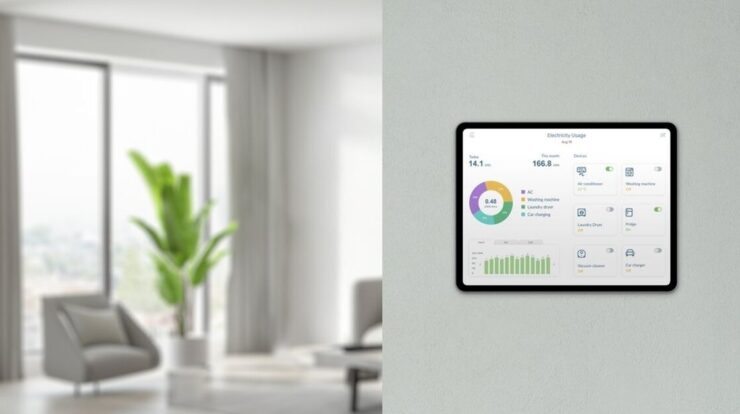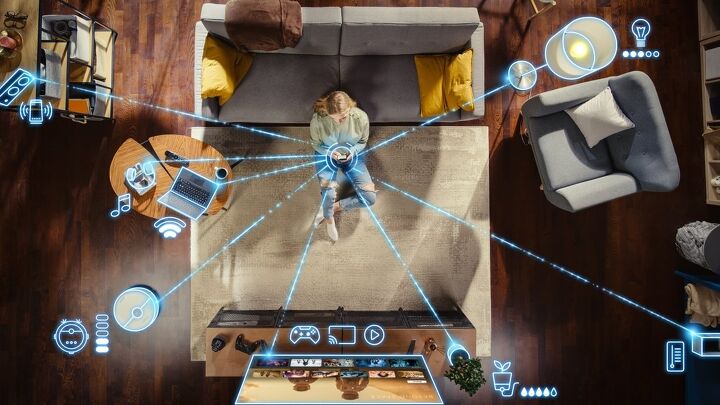
The growth of smart home technology over recent years has been remarkable. Devices such as self-learning thermostats and vocal assistants capable of purchasing groceries have become commonplace, leading to what we now call “smart everything.” This trend naturally extends into the realm of home theaters. At first glance, integrating one’s entertainment system with their smart home network seems ideal. Think about being able to adjust lighting, open curtains, start your television or projector, and play your preferred film—all through a simple voice instruction or touch on your smartphone. However, numerous individuals soon realize that turning this vision into everyday functionality often comes with unexpected challenges.
It’s impossible to overlook the attractiveness of a completely integrated smart home theater. Having the capability to manage your surroundings with a single tap or through voice commands seems cutting-edge, and when everything functions correctly, it significantly enhances the watching experience. Functions such as “Movie Mode,” which seamlessly adjusts lights, turns on equipment, and selects media, can generate an unparalleled level of smoothness and ease that conventional systems lack. Voice-activated helpers like
Alexa
,
Google Assistant
, and
Siri
have simplified hands-free device control even further, enabling users to modify volume levels, change input sources, or halt playback without needing to pick up a remote.
An additional significant advantage is the decrease in clutter and complexity. Rather than managing several remotes and applications, smart home hubs such as SmartThings can streamline the experience.
Apple Home
, or
Amazon Echo
Centralizing control can be achieved through automation routines, such as dimming the lights when playback begins or setting the system to power off at a certain hour. This integration transforms the home theater into a seamless space instead of an isolated configuration. Tech enthusiasts find joy in adjusting parameters, developing routines, and enhancing their systems gradually over time.

However, this is where things get complicated. The integration process often falls short compared to what those sleek promotional videos imply. One major hurdle is compatibility issues. Devices do not always function seamlessly alongside each other, particularly when they come from different manufacturers or operate within separate ecosystems. For instance, a smart speaker may fail to acknowledge an AV receiver, or your smart TV could be missing crucial voice command capabilities. If you’re not carefully planning out your setup with interoperability at the forefront, prepare yourself for potential frustrations.
Next comes the installation process. Despite having an excellent system, connecting all components, labeling them properly, and ensuring smooth operation can take quite some time. Introducing additional devices only multiplies possible error sources. Although voice command seems like a handy feature, it doesn’t always work flawlessly. Just consider anyone who has attempted giving instructions throughvoice control:
Alexa
to “turn on the home theater” only for the kitchen lights to respond knows the limits of current voice recognition technology. Lag, disconnections, and the dreaded “Sorry, I didn’t get that” are still part of the experience.
To make matters worse, firmware updates can unexpectedly break things. A device that worked flawlessly with your routines on Monday might stop responding after a Tuesday update. Suddenly, your “Movie Mode” doesn’t trigger properly, or your lights stop syncing. And since these devices often rely on third-party integrations, you’re left waiting until the smart home platform or device manufacturer issues a patch. It’s frustrating, and it undermines the very convenience smart tech promises.
A related problem is having too many applications. Despite using a smart hub, numerous devices may still necessitate individual specific apps for advanced configurations or software upgrades. This situation tends to make what ought to be an integrated setup appear as a tangled network of conflicting programs. Paradoxically, aiming for ease-of-use might result in increased intricacy, particularly when your wireless connection lacks stability.

Still, it’s not all bad news. For people who enjoy tinkering and customizing their setup, the flexibility of smart integration is a major plus. The key is to start small. Begin by automating just your lighting or adding basic voice control for your TV. Gradually introduce other components like a smart receiver or motorized shades. Stick to one ecosystem-whether it’s Alexa, Google, or Apple-to avoid compatibility pitfalls. And whenever possible, hardwire critical devices instead of relying solely on Wi-Fi.
Therefore, integrating your smart home system with your home theater—awesome or overly complex? In truth, it’s a mix of both. Once everything aligns properly, it can render your setup as intuitive, reactive, and highly customized. However, achieving this harmony demands considerable work, thorough planning, and some tolerance for troubleshooting. Tech aficionados may find it thrillingly challenging. Yet, others could see it merely as another cumbersome task rather than a beneficial enhancement.
Ultimately, determining if the advantages surpass the complexities hinges on what you anticipate. Should you desire a polished, movie-like encounter infused subtly with Star Trek aesthetics, smart home integration can certainly meet those needs. However, prepare yourself for problem-solving sessions and potential delays awaiting software updates.





